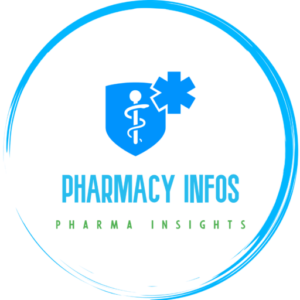What is anemia? and how to easily overcome it
Anemia: It is the medical condition characterized by decreased quantity of hemoglobin in the blood. Hemoglobin is the important protein carries oxygen from lungs and supply to various tissues in the body. Anemia occurs when the rate of production of mature cells entering the blood from the red bone marrow does not keep force with […]
What is anemia? and how to easily overcome it Read More »
